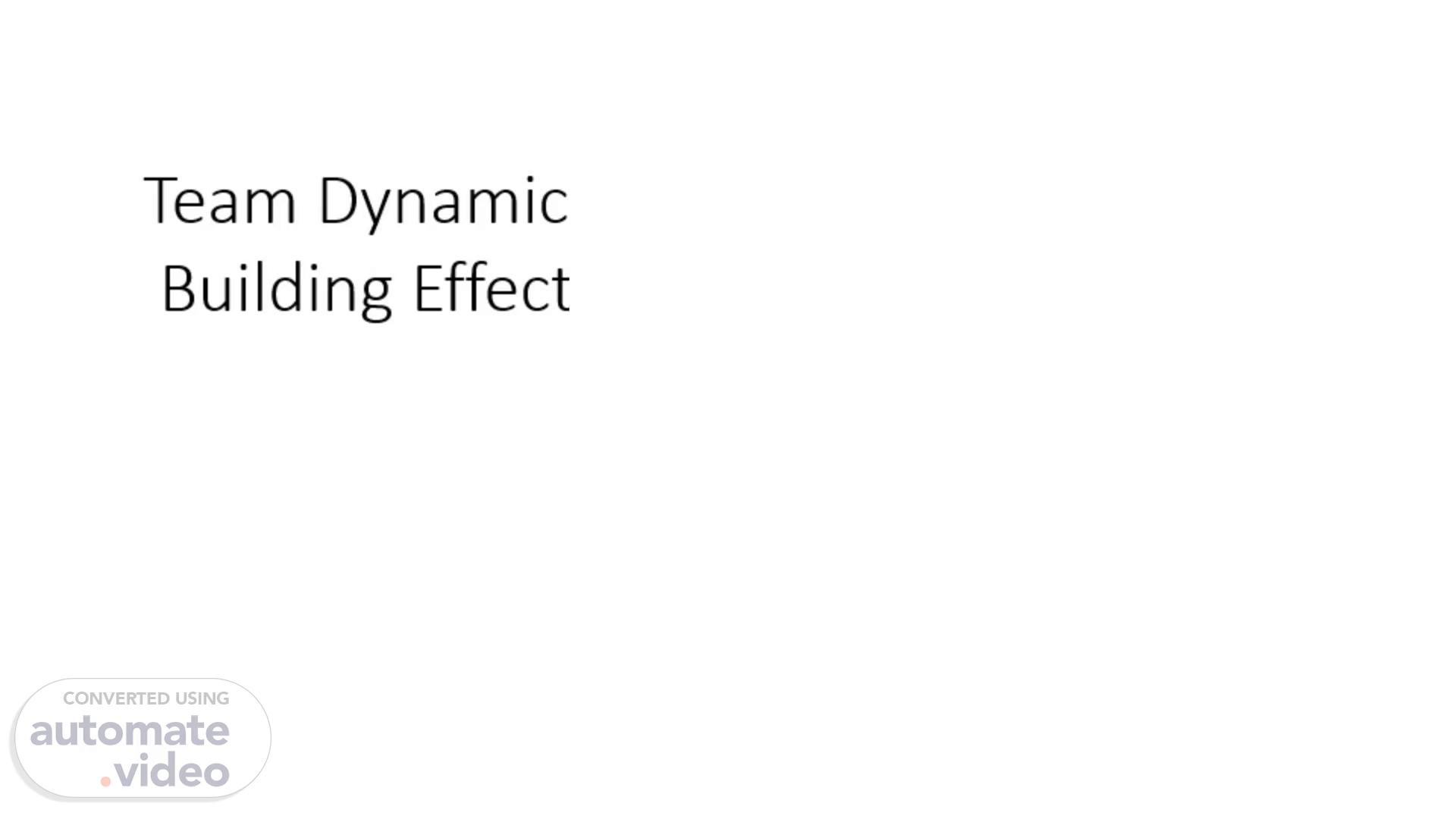
Team Dynamics and Group Processes: Building Effective Professional Teams
Scene 1 (0s)
Team Dynamics and Group Processes: Building Effective Professional Teams.
Scene 2 (7s)
Introduction to Team Dynamics. What are team dynamics? Key components of effective teams Impact on organizational success Course overview and objectives.
Scene 3 (17s)
Understanding Communication Fundamentals. Definition of effective communication Types of communication channels Importance in team success Basic communication model.
Scene 4 (26s)
Communication Channels in Professional Teams. Face-to-face meetings Email communication Instant messaging platforms Project management tools Video conferencing.
Scene 5 (35s)
Active Listening Skills. Components of active listening Non-verbal cues Reflection techniques Empathetic responses Clarifying questions.
Scene 6 (44s)
Constructive Feedback Methods. Purpose of feedback Feedback frameworks Timing and frequency Documentation practices Follow-up procedures.
Scene 7 (53s)
Overcoming Communication Barriers. Cultural differences Language barriers Time zones Technology challenges Personal communication styles.
Scene 8 (1m 1s)
Introduction to Conflict Resolution. Definition of workplace conflict Common causes Impact on team performance Early warning signs.
Scene 9 (1m 10s)
Conflict Identification Strategies. Observable behaviors Performance changes Team atmosphere indicators Communication breakdown signs Productivity impacts.
Scene 10 (1m 18s)
Effective Conflict Resolution Approaches. Direct communication Mediation processes Negotiation techniques Win-win solutions Documentation requirements.
Scene 11 (1m 27s)
Creating Psychological Safety. Definition of psychological safety Key components Leadership role Team member responsibilities Benefits to team performance.
Scene 12 (1m 36s)
Solution-Focused Problem Solving. Moving from blame to solutions Problem-solving frameworks Team involvement Action planning Progress monitoring.
Scene 13 (1m 45s)
Defining Team Roles. Types of team roles Role classification Documentation methods Communication of roles Regular role review.
Scene 14 (1m 54s)
Role Clarity and Documentation. Job descriptions Responsibility matrices RACI charts Performance expectations Success metrics.
Scene 15 (2m 2s)
Adapting to Change. Role flexibility Cross-training importance Skill development Change management Support systems.
Scene 16 (2m 11s)
Team Accountability. Individual accountability Group accountability Measurement methods Regular check-ins Performance tracking.
Scene 17 (2m 19s)
Building Team Collaboration. Collaboration tools Best practices Team building activities Shared goals Recognition systems.
Scene 18 (2m 27s)
Creating Shared Goals. Goal-setting process SMART objectives Team involvement Progress tracking Celebration of success.
Scene 19 (2m 36s)
Measuring Team Success. Key performance indicators Team effectiveness metrics Individual contribution measures Regular assessments Improvement planning.
Scene 20 (2m 44s)
Implementation Plan. Action steps Timeline Resource requirements Success metrics Next steps and follow-up.
Scene 21 (2m 53s)
Questions and Resources. Key takeaways Additional resources Contact information Further reading Support channels.